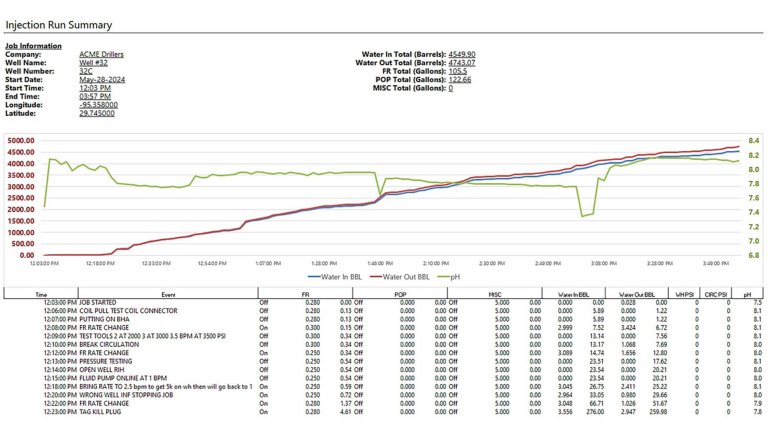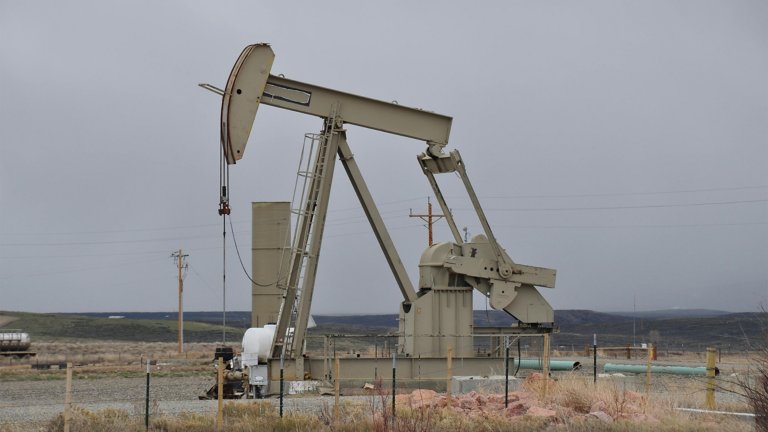By Cody P. Bann, Director of Engineering, SmartSights
Presidential Policy Directive 21 identifies the energy sector as uniquely critical because it provides an enabling function across all critical infrastructure sectors. Without a stable energy supply, health and welfare are threatened and the U.S. economy cannot function.
The market’s production, transportation and refining processes rely heavily on automation and control systems connected to the Internet, making the sector more vulnerable to cyberattacks due to the high value of the data and systems they control. To that end, the global oil and gas industry experienced an astounding 87% increase in company filings’ mentions of cybersecurity in Q1 2024 compared with the previous quarter.
The natural gas pipeline infrastructure in the United States has also been the target of repeated attacks over a number of years. One of the most recent was a coordinated attack on four of the country’s biggest gas pipeline companies.
According to the latest ransomware report by Sophos, energy/oil and gas/utilities is now the industry with the third highest rate of attack, with 67% targeted by ransomware in 2023. Exploited vulnerabilities were the leading cause of such attacks within the sector, exceeding the rate of all other sectors for this root cause.
And attacks in the sector were highly successful, affecting more computer systems than any other sector — 62% — and compromising 79% backups at a higher rate than any other sector.
While digital transformation may be exacerbating cyberattacks, the answer to optimizing processes, increasing cybersecurity and meeting new government reporting regulations may be rooted in additional technology.
Operations and Technology
The need to optimize production and minimize downtime is crucial in this industry. Leveraging digital technologies can aid in streamlining processes, improving decision-making and reducing inefficiencies. The ultimate goal of adopting modern systems is to have a wholly efficient, maybe even an autonomous process that cuts out excess fat, ballooning costs and wasteful operations.
Focus should be on end-to-end process improvement, which will, in turn, help shape collaboration within the organization. That means investing in training and education, process automation, related hardware and new tools or software.




